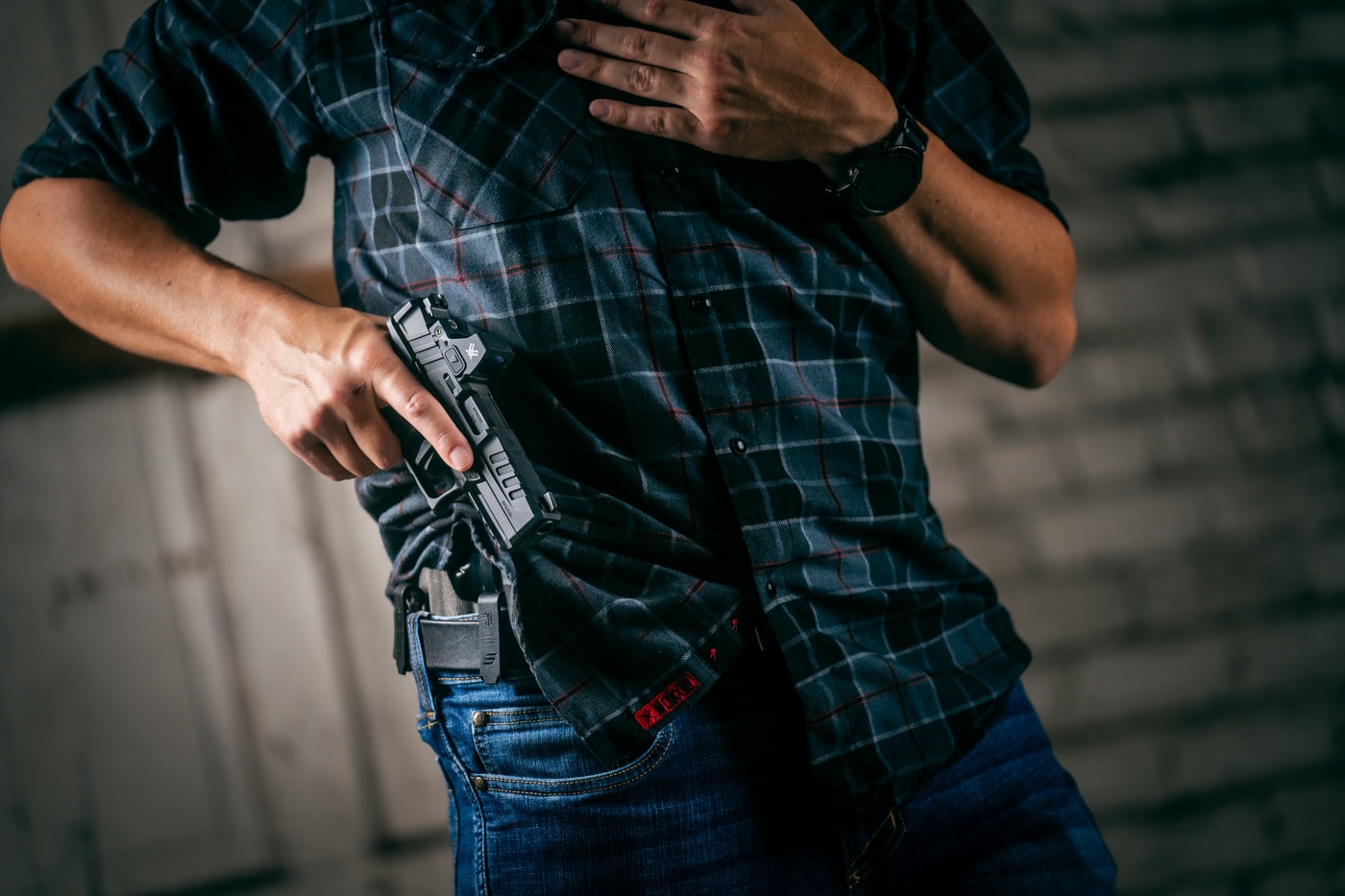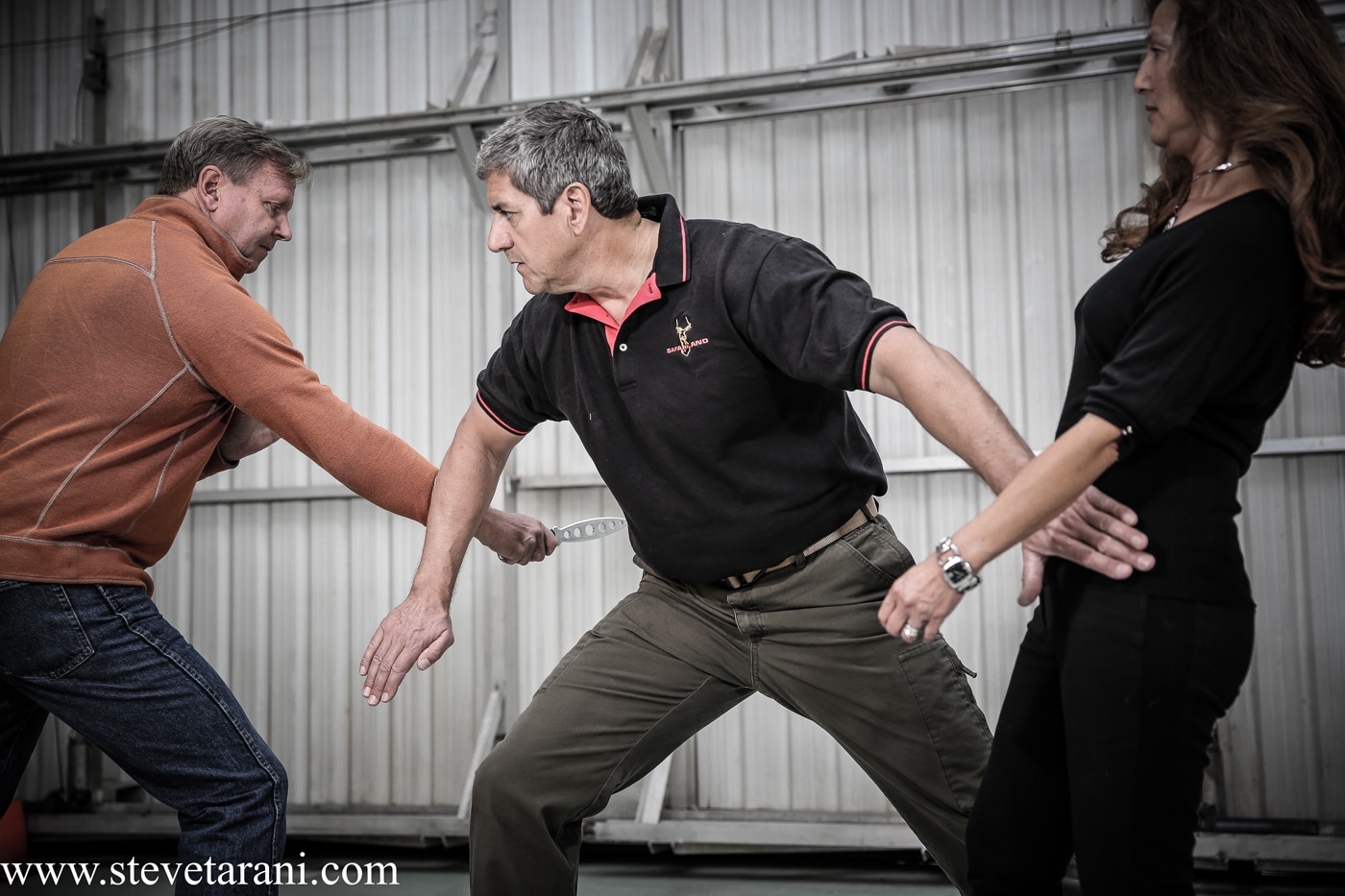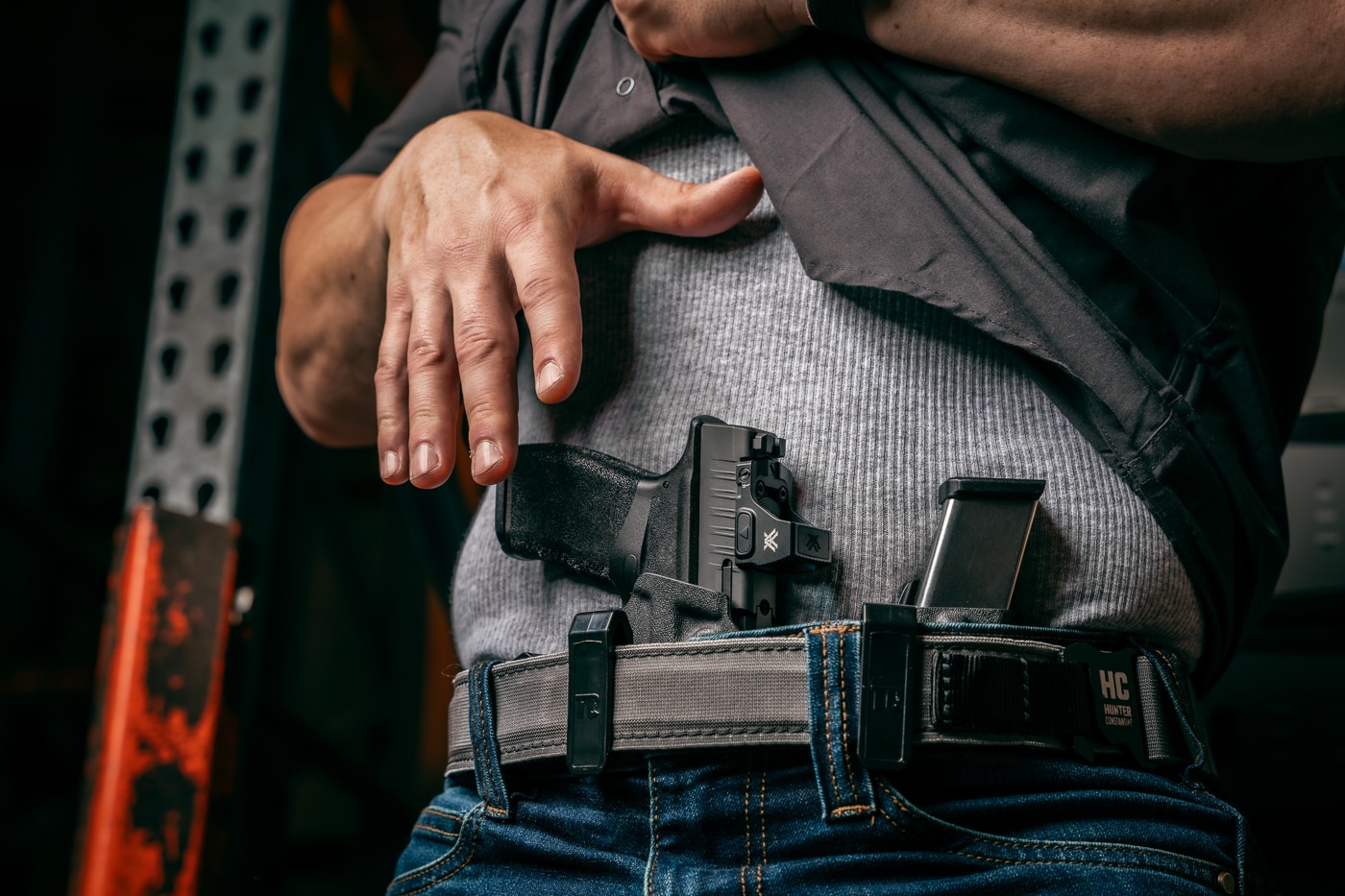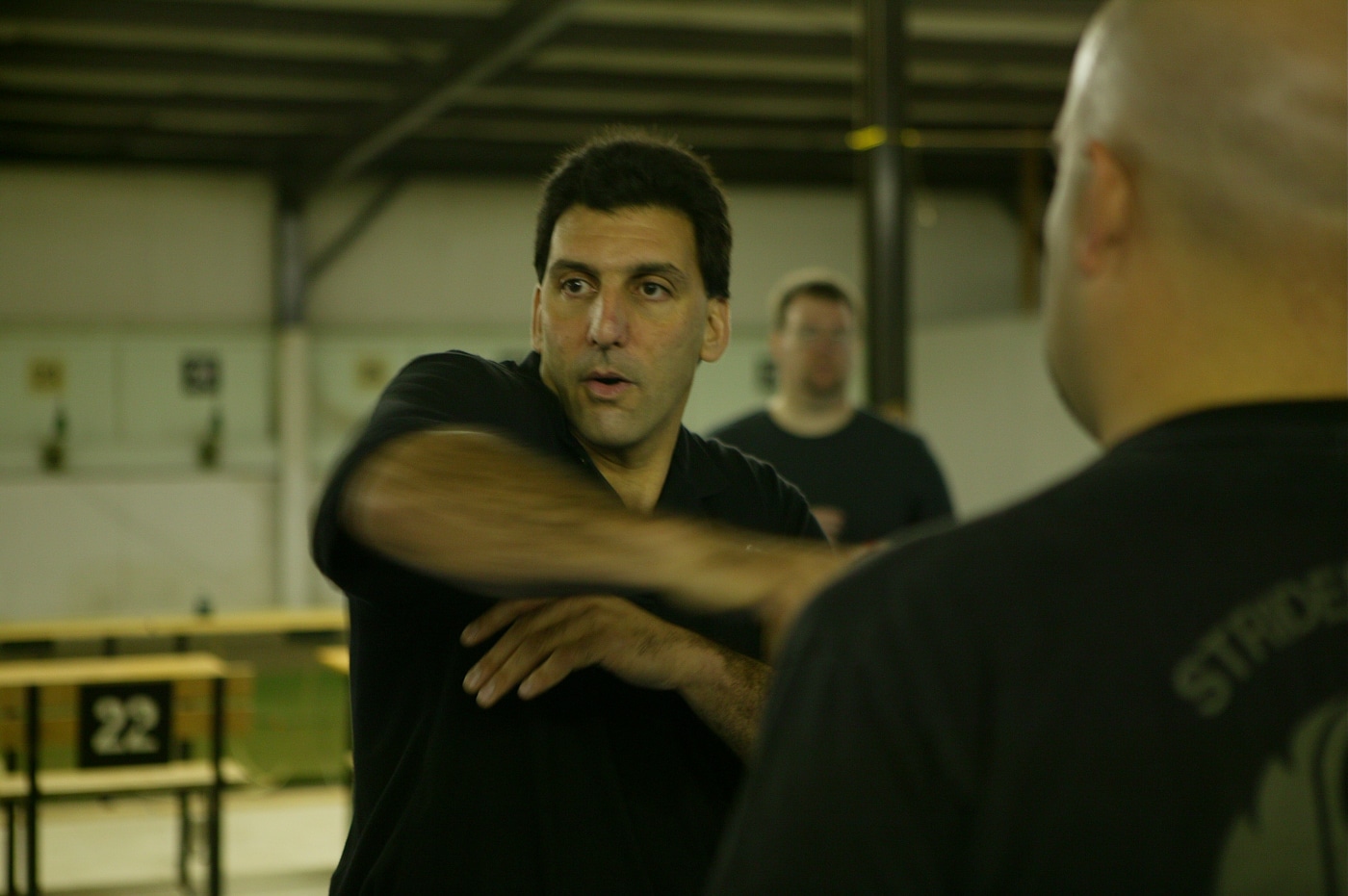April 24th, 2025
5minute read
Chance favors the prepared.
We all know what mental focus is, but how is it applied in a fight for your life?
What are the four critical elements of staying focused under extreme duress?

Are you mentally prepared to face an attacker? Do you know how to spot them before they become a threat? Will you be able to respond in time — and make the right decision?
Perception
We are born with survival instincts to rapidly detect and assess an emerging physical threat.
At the very onset of a hinky scenario, we get a feeling or a hunch.
Some say it is perception.

At the very onset of a dangerous situation, we sometimes can get a feeling or a hunch before things turn ugly.
Activated subconsciously, perception is the earliest warning system we humans have on board.
Using perception affords you the maximum amount of time to respond should there be a valid threat.
The earlier you perceive that threat, the more time you have available to solve the problem.

You may avoid the need for deadly force if you can perceive the threat before it appears. Avoidance is ideally the best solution to facing a threat.
Awareness
The next level down from perception is situational awareness.
Most people think just looking at something with your eyeballs is enough to process information from your immediate environment.
This is not the case.

The greater your mental focus, the quicker your decision can be made to take control of the fight.
To truly recognize telltale signs of a potential threat, you must be mentally engaged with your environment.
Although not as early a warning system as perception, situational awareness is a very close second.
It buys you additional time and affords you greater opportunity to solve the problem.

Focus on one thing at a time. Don’t get sucked into the tendency of trying to do two things at once.
Both perception and situational awareness can be used as threat deterrents.
Decision
Moving along the mental focus scale, next up are your decision-making skills.
Is this an actual threat?

Hundredths of a second matter in a fight for your life, and staying mentally focused affords you the opportunity to use them wisely.
Can the threat hurt me or harm those Im with?
What are my options?
Is it best to run, hide or fight?
Where do I run?
Should I go to guns?
Do I attempt to blend in with a crowd of people?
Do I duck into a store?
Regardless of your available options, the decision-making process requires mental acuity and takes time.
The greater your mental focus, the quicker your decision can be made to take control of the fight.
Commitment
Dont put one foot in two separate canoes, mentally.
When youre doing one task, do it well, and then go on to the next.
Process one task at a time.
Mental focus is a commitment.
Stay mentally focused on the one task.
Upon completion, leave it mentally.
Once youre done with it, then move on to the next one.
Dont get sucked into the tendency of trying to do two things at once.
Youre not permitted the luxury of cutting corners when it comes to fighting for your life.
Apply 100 percent mental focus on the task at hand until it is completed.
Bottom Line
If you perceive something isnt right, dont ignore it.
Let it process internally and then be willing to do something about it.
Focus mentally on what your perception is telling you.
Applying your situational awareness requires mental attachment to your immediate environment.
You must engage your mind for it to be effective.
Your decision-making process must be expedited to assess a dynamic situation in a timely manner.
It takes mental focus to arrive at an appropriate decision.
The greater your mental focus, the greater your absorption of environmental information.
This, in turn, allows you to make more informed decisions.
Lastly, but certainly not least, is your commitment to follow through on your decision without hesitation.
You do not have time to second-guess.
Applying your mental focus in a fight makes you a harder target.
And the fewer soft targets in the world, the better.




